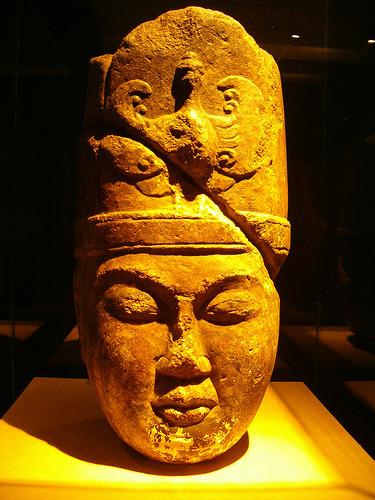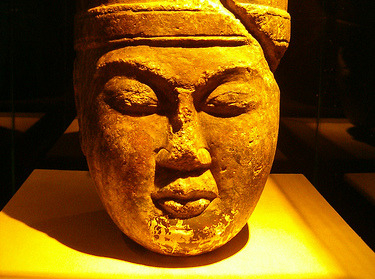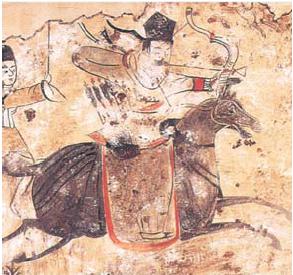The central Asian nomads built their Turkic Khanate, a steppe empire spread over a territory stretching from the Great Wall to the Black Sea. While Tumen Khan was fighting and easily defeating the Jujuan (also known as the Nirun), his brother Islami was expending their domain by invading the Amu Darya region and attacking Persia. He also captured Sogdiana, a land which offered passage to Chinese silk merchants.
From Guests to Owners
Tumen Khan’s brother, Istami sent his emissaries to Eastern Rome, the largest market of China’s silks. When Central Asian nomads arrived as a guest in Constantinople a Christian city held by Caucasians, none suspected that they would seize the city and settle there, establishing the Ottoman Empire. Friendly relations between Constantinople and the Turks turned sour because of interference from the Avars, and the Turks sent their cavalry to attack. Starting from the Kuban River valley, they crossed the Kerch Strait and captured the Bosporus in 576. Then, in 580, they attacked Greek cities not far from present-day Sevastopol. From here they fought against the Persians but were forced to withhold their assault on Europe. the Turkic Khanate dominated the vast central Asian steppes for some fifty years.
Eastern and Western Turkic Khanate
The nomad’s inability to govern conquered lands, combined with their inclination towards internal strife, resulted in the division of the Turkic Khanate into eastern and Western Khanates. Thus disunited they became easy prey for their enemies. A gifted Chinese general, Li Shimin, one of the founders of the Tang Dynasty, delivered a mortal blow to the Eastern Turkic Khanate and seized it. The Turks, severely beaten and vanishing, suddenly regained vitality and in 670 and 682, the Eastern and Western Turkic Khanates revived. But the galvanized states did not last long. An inscribed stone memorial, erected in the Orhon River valley by the minister Tonyukuk to honor Kultegin, the last of the influential Turkic khans, has survived to this date as an important monument of Turkic history and culture.
Inscription on the Orhon River Valley Stone
The Sons of nobles became salves of the Chinese people and their chaste daughters became their chattels. The Turkish nobles abandoned their own titles, adopted those of China, and submitted to the Chinese Khan.
Historical Achievements of the Turkic Khanate
The Turks’ Ottoman Empire was, at this time, associated with China, India, Persia and Constantinople, the centers of the civilized world, and so controlled the roads that connected these four. By encouraging commerce and interaction, they significantly influenced the development of civilization and protected the trade routes along which Nestorian, Muslim and Buddhist missionaries swarmed. From the civilized world, the Turks brought the Iranian Sogdian alphabet to the central Asian nomads, so enhancing the culture of the nomads. the nomads not only adopted the Turks’ calendar consisting of twelve years named after different animals, but they also disseminated it through their constant campaigning. Chronology 5th century: Tobo rises to the throne of the Turkic khanate. 464 A.D: While the Turks rose to power and ruled Central Asia, Mongol tribes migrated east towards the Khinggan mountains and Ergun River. They are now recorded in history as the Tatars and Shivei. 506 A.D: The Turkic Khanate splits into eastern and western khanates. 6th century: an Inscribed stone memorial for general Kultegin erected. 


